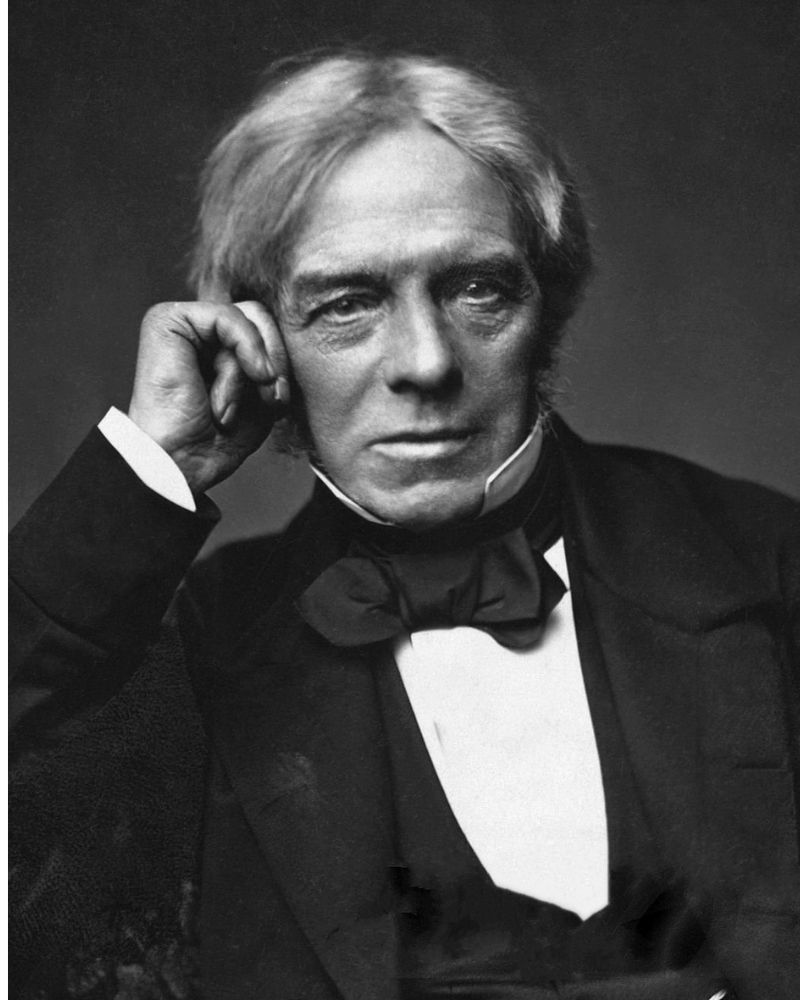The Discovery of the Dynamo: Powering the Modern World

The invention of the dynamo motor was a breakthrough that laid the foundation for modern electrical power generation. Before its discovery, mechanical energy could only be converted into electricity in small amounts. The dynamo changed this, allowing for the large-scale generation of electricity, which powered industries, transportation, and homes. This revolutionary device was the result of contributions from several scientists, with Michael Faraday playing a key role in its development.
Michael Faraday: The Pioneer of Electromagnetic Induction
The concept of the dynamo originated from the discoveries of Michael Faraday, an English scientist known for his work in electromagnetism. In 1831, Faraday conducted an experiment where he moved a magnet through a coil of wire and observed that an electric current was generated. This phenomenon, known as electromagnetic induction, proved that mechanical motion could be converted into electrical energy. This discovery laid the groundwork for the invention of the dynamo.
Development of the Dynamo
While Faraday's experiments were groundbreaking, his device was not practical for generating large amounts of electricity. It took several inventors to refine his principles into a working machine:
- Hippolyte Pixii (1832): A French instrument maker, Pixii, built the first mechanical generator, which used a rotating magnet to produce alternating current (AC).
- Werner von Siemens (1867): A German inventor, Siemens improved the dynamo by developing the self-exciting dynamo, which eliminated the need for external magnets and significantly increased efficiency.
- Zénobe Gramme (1869): A Belgian engineer, Gramme, built the first practical industrial dynamo, which was capable of generating steady electrical power for commercial use.
How the Dynamo Works
The dynamo operates on the principle of electromagnetic induction:
- A coil of wire is rotated within a magnetic field, generating an electric current.
- The mechanical energy used to spin the coil (such as a steam engine or water turbine) is converted into electrical energy.
- This electricity can then be used to power machines, lights, and motors.
Impact on the World
The invention of the dynamo had far-reaching effects on society:
- Birth of the Electrical Age: The dynamo allowed for the large-scale production of electricity, leading to the development of power grids and electrical infrastructure.
- Industrial Revolution Boost: Factories began using electric-powered machines, increasing efficiency and production capacity.
- Transportation Advancements: Electric dynamos were used in early electric trains, trams, and lighting systems.
- Foundation for Modern Generators: Today’s power plants, including hydroelectric, thermal, and nuclear stations, use principles derived from the dynamo.
The discovery of the dynamo motor was a turning point in technological history, making electricity widely available and transforming industries. While Michael Faraday’s discovery of electromagnetic induction laid the foundation, inventors like Siemens and Gramme refined the dynamo into a practical machine. Today, the principles behind the dynamo continue to power the modern world, proving that a single scientific breakthrough can change the course of history.